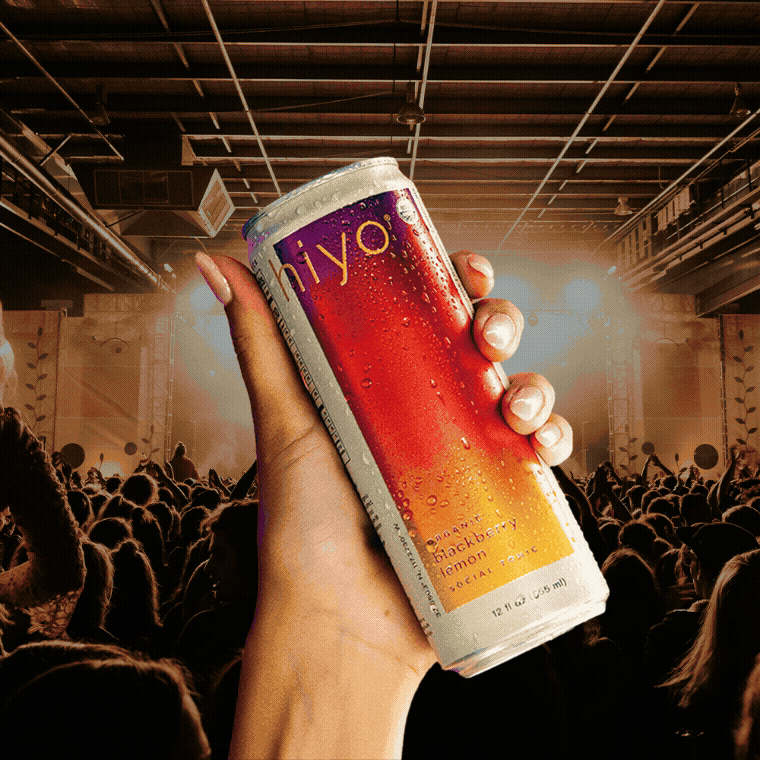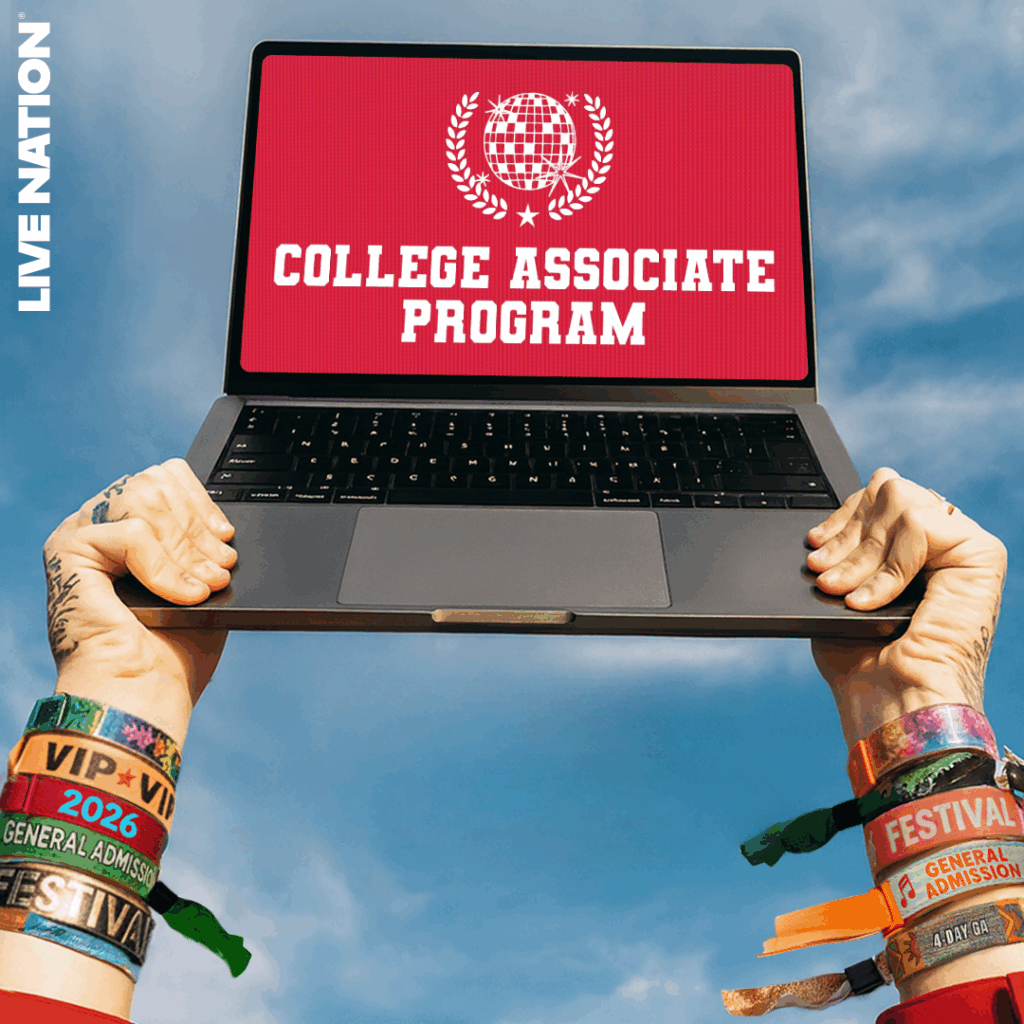Inside Living for Live: The Global Report on How Concerts Became the Center of Culture
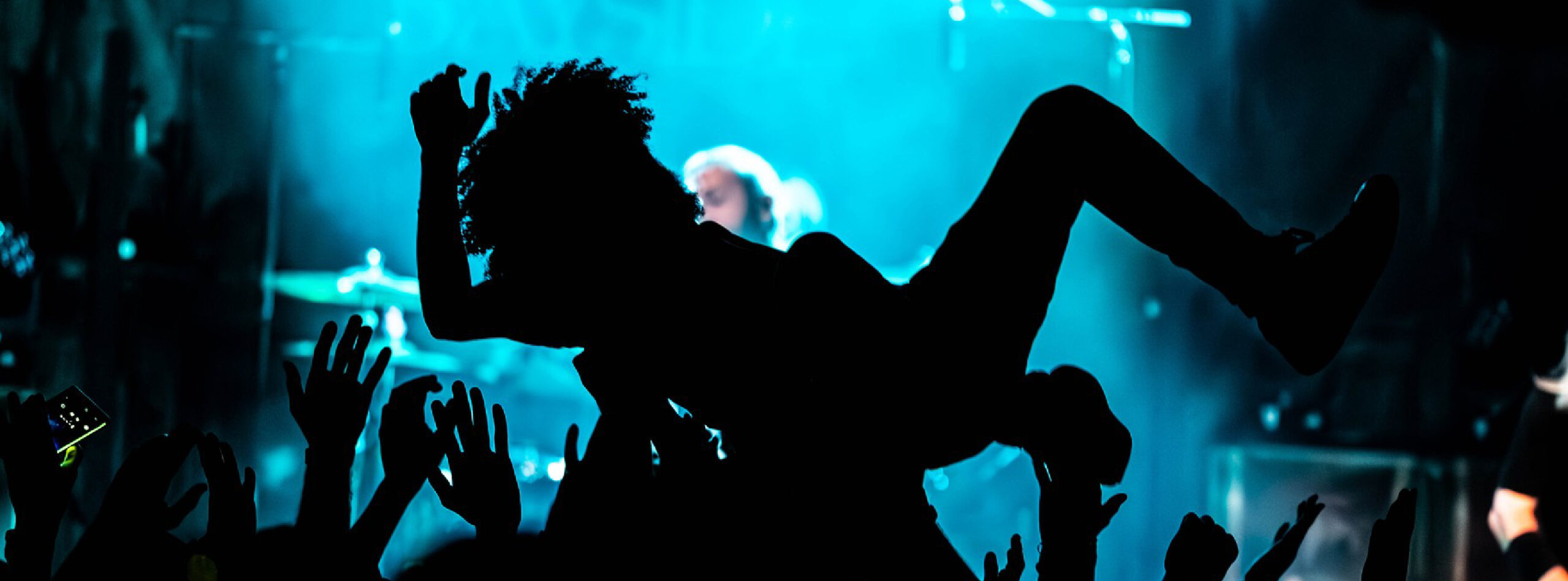
Concerts Have Become the World’s Favorite Form of Entertainment — Outranking Sports, Movies, Streaming and Even Sex.
The World’s New Cultural Currency
Live music has always been where emotion meets community — the place where culture takes shape in real time.
Now, the world has confirmed it: concerts have become the most beloved form of entertainment globally.
According to Living for Live, Live Nation’s largest global study to date, with insights from 40,000 people across 15 countries, nearly half say they would choose live music if they could choose only one form of entertainment for life. 70% say they would rather see their favorite artist live than have sex.
This isn’t a trend; it’s a reset in how people connect and find belonging. Live experiences have become the world’s new cultural currency, where identity, emotion, and economy intersect.
The Data Behind the Movement
The study reveals nine behaviors defining this new era of fandom, and how live music is influencing everything from tourism and technology to identity and belonging. Among the most powerful:
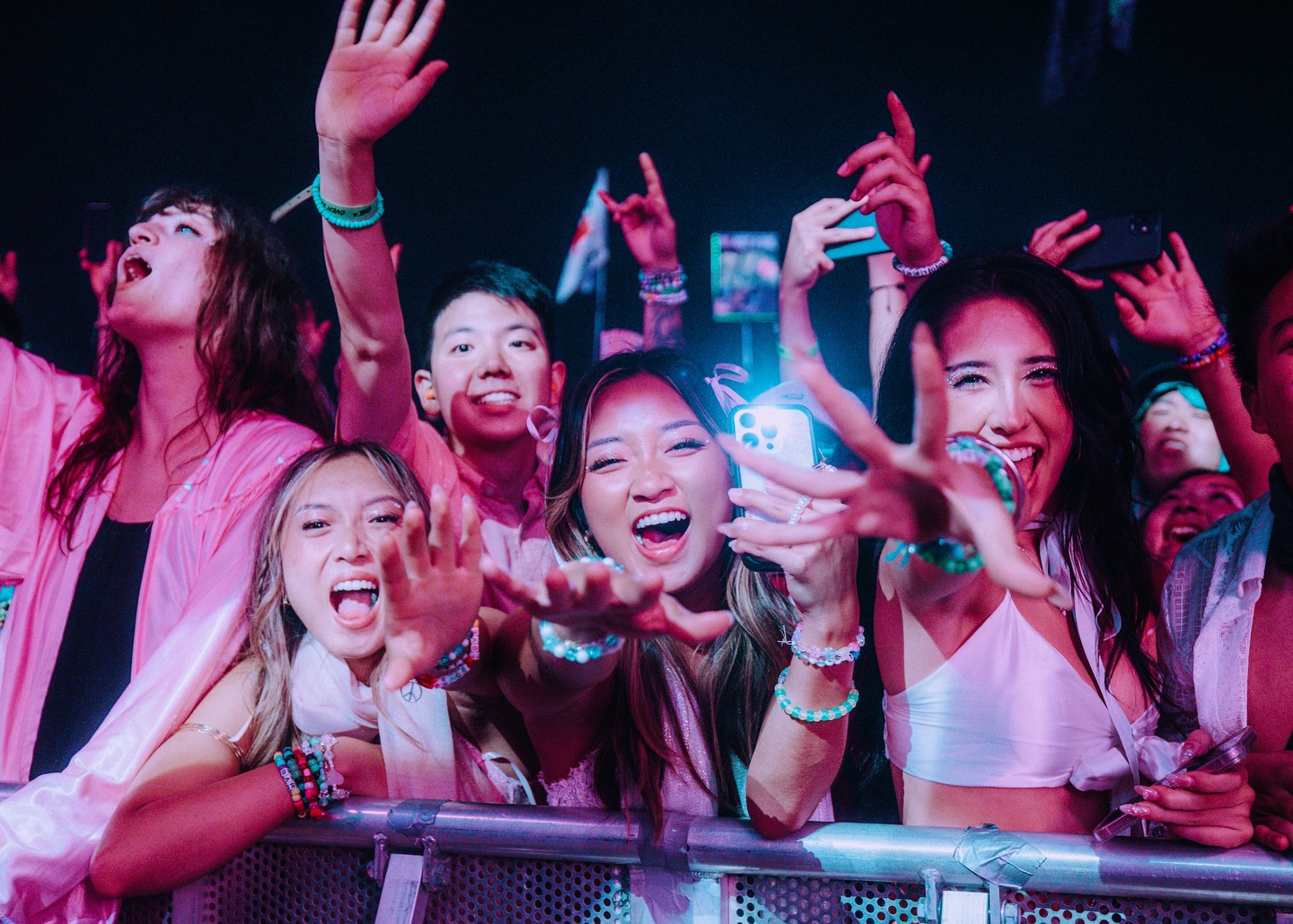
Music as Identity
85% of people say music defines who they are, and for 84%, live shows are what give them the most life.
Concerts are no longer just performances; they’re personal statements. What fans wear, share, and sing along to has become an act of self-definition — a modern marker of identity and belonging.

Experiences Over Everything Else
93% say they crave real experiences over digital ones, while 85% leave a concert or festival feeling euphoric.
In an age of infinite scrolling, the live environment has become the ultimate antidote — a rare space of undivided attention, shared emotion, and human energy that can’t be replicated online.
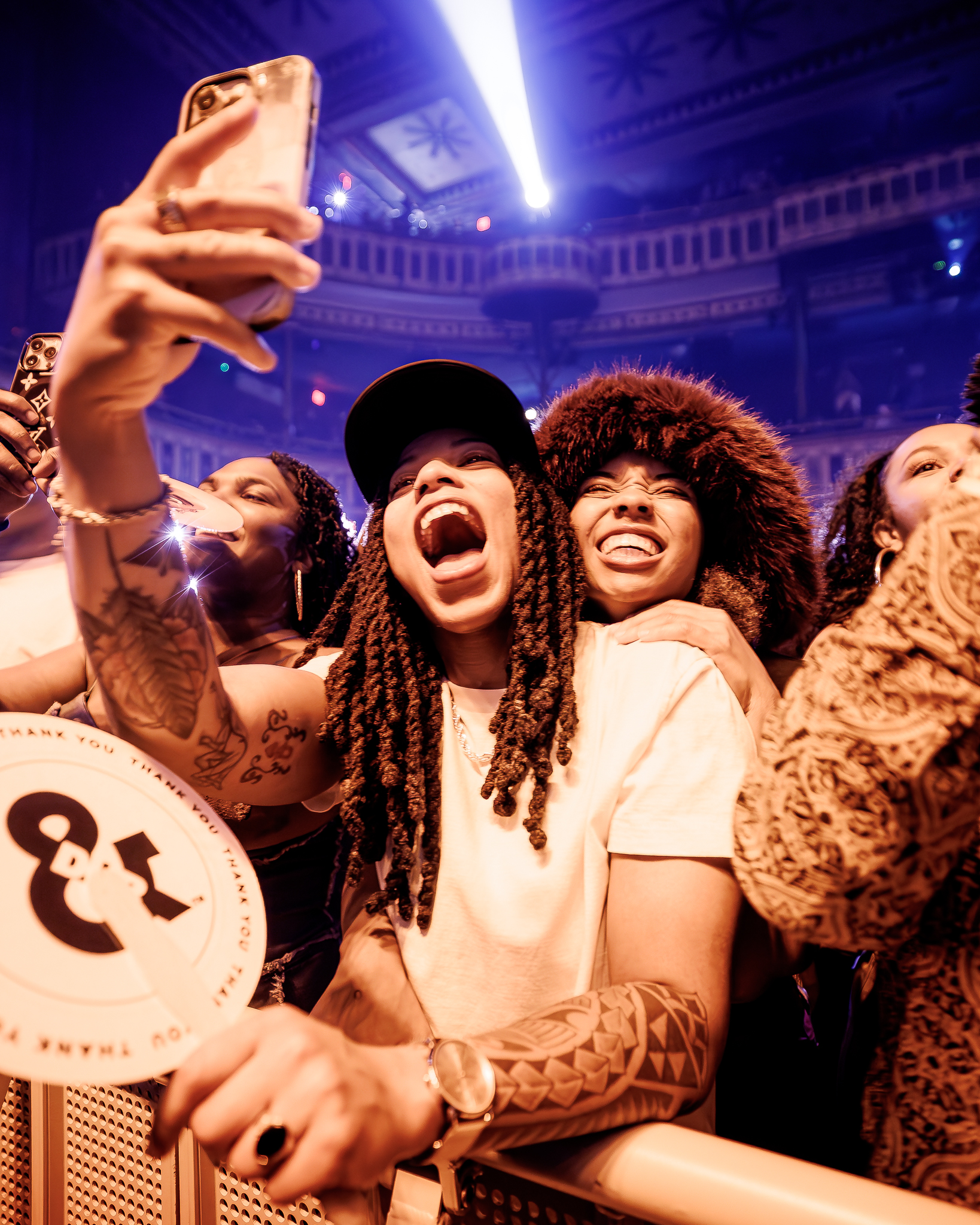
Fans on the Move
In 2024, fans traveled more than 40 billion miles for concerts — the equivalent of 83,000 trips to the moon. Nearly six in ten people now travel for live music each year, fueling growth across hospitality, retail, and local tourism.
That movement isn’t just economic. It’s cultural migration. People are crossing borders for connection, not just consumption.
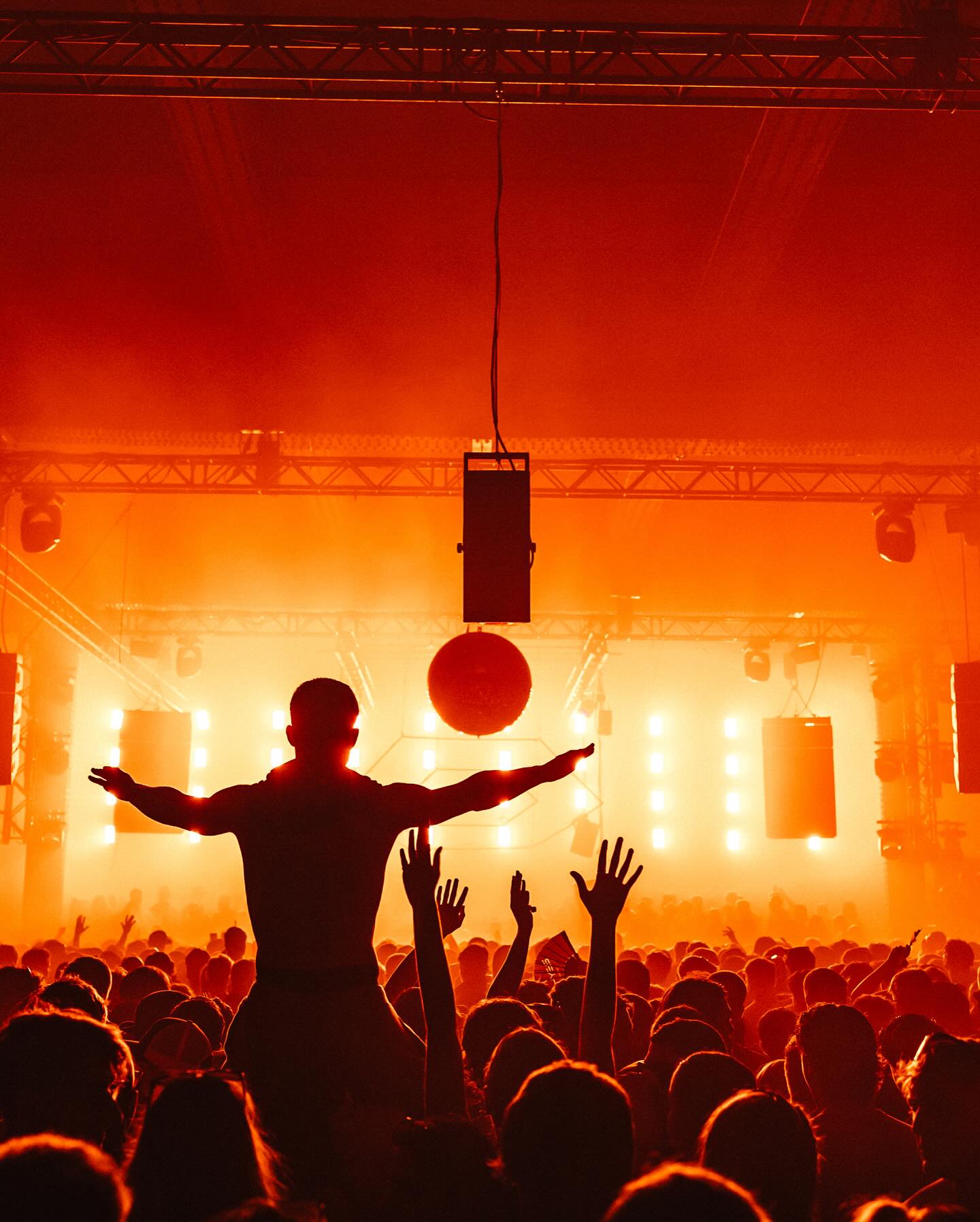
When Fans Move, Economies Move
Global tours from artists like Beyoncé, Bad Bunny, Karol G. and Oasis generated billions in local economic impact. Each stop ripples outward — filling hotels, powering local businesses, and revitalizing entire cities.
It’s a reminder that live music isn’t just entertainment; it’s economic infrastructure.
What It Means for Brands
Fans aren’t just attending shows — they’re moving markets.
Every ticket sold sparks spending across travel, dining, fashion, and tech. When brands meet fans in these moments, they tap into the most valuable attention in culture: emotion in motion.
97% of people want brands to play a meaningful role in live music, not as sponsors, but as participants. The reward is measurable — higher purchase intent, deeper loyalty, and lasting cultural relevance.
This is where modern marketing happens: where commerce meets culture, and people are ready to act.
The Future of Fandom
Concerts have always been where memories are made. Now they are where culture is created, influence is earned, and economies move.
Living for Live shows that fandom has become a global economic engine — shaping identity, driving travel and tourism, fueling industries, and defining what people value most. Fans are no longer audiences. They are creators, curators, and catalysts for growth.
This is the new center of culture and commerce. The next decade of demand will be built live.
Explore the Living for Live global study here.
